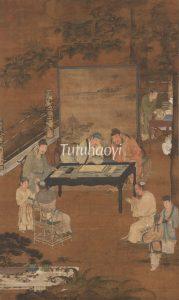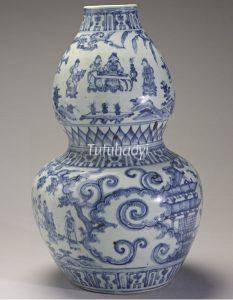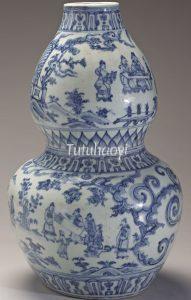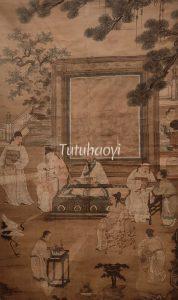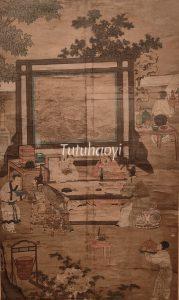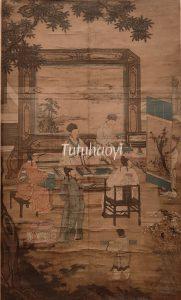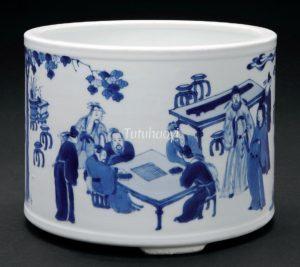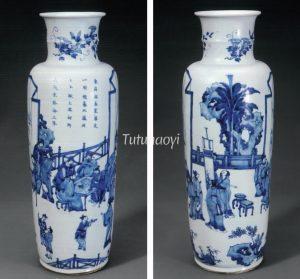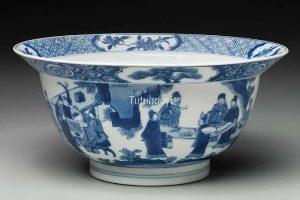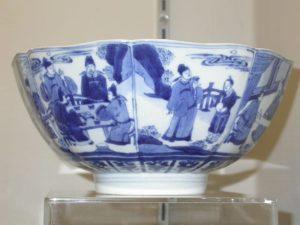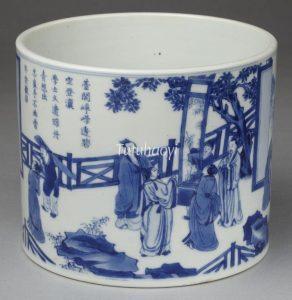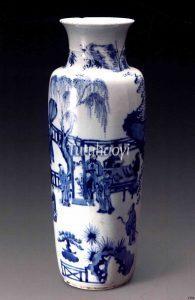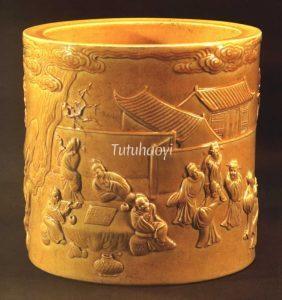Eighteen Scholars of Tang
十八学士
© Tutuhaoyi.com owns the copyright of the description content for the images attached. Quoting all or part of the description content on this page is permitted ONLY IF ‘Tutuhaoyi.com’ is clearly acknowledged anywhere your quote is produced unless stated otherwise. (本页描述内容版权归Tutuhaoyi.com所有,转发或引用需注明 “Tutuhaoyi.com”, 侵权必究, 已注开源信息的条目除外。)
‘Eighteen Scholars’ was the name bestowed upon the circle of eminent men whom Li Shimin, later Emperor Taizong, drew to his side in the early Tang dynasty.
In the fourth year of Wude (621 CE), Prince Qin Li Shimin 李世民, ennobled as Grand General of Heavenly Strategy and permitted to appoint his own officers, founded the Literary Hall in the western precincts of the palace and summoned men of distinction. Eighteen scholars entered his service, taking turns to reside there, discoursing on history and statecraft, and receiving honours of the highest order. Contemporaries likened their privilege to ascending the fairy isle of Yingzhou, whence they were styled the ‘Eighteen Scholars of Yingzhou’, or more simply the ‘Eighteen Scholars’.
The Old Book of Tang records that Emperor Taizong commanded portraits of them to be painted with names and origins inscribed, and further ordered Chu Liang 褚亮 to compose encomia, the work being preserved in the imperial library. The New Book of Tang attributes the painting instead to Yan Liben, celebrated in his time as a master whose brush achieved ‘divine transformation’.
story scene description by Rachel Ma
Related Chinese Figural Stories on ancient artworks:
When Red Fly Whisk Fell Head over Heels for the Scholar 张娘心许
Fig 1: Eighteen Scholars, hanging scroll, ink and colour on paper, anonymous, Song dynasty (960–1279), courtesy of the National Palace Museum, Taipei
Fig 2-3: gourd-shaped porcelain vase with underglaze blue decoration, 15th century, Ming dynasty, courtesy of the National Palace Museum, Taipei
Fig 4-7: Eighteen Scholars, four hanging scrolls, ink and colour on paper, Du Jin (1456–after 1528), Ming dynasty, courtesy of the Shanghai Museum, Shanghai; photograph by Rachel Ma
Fig 8: porcelain brush pot with underglaze blue decoration, Kangxi period (1662–1722), Qing dynasty, courtesy of the Palace Museum, Beijing
Fig 9: porcelain vase with underglaze blue decoration, Kangxi period (1662–1722), Qing dynasty, courtesy of the Palace Museum, Beijing
Fig 10: porcelain bowl with underglaze blue decoration, Kangxi period (1662–1722), Qing dynasty, courtesy of the Museum of Fine Arts, Boston
Fig 11: porcelain bowl with underglaze blue decoration, Kangxi period (1662–1722), Qing dynasty, courtesy of The Burrell Collection, Glasgow
Fig 12: porcelain brush pot with underglaze blue decoration, Kangxi period (1662–1722), Qing dynasty, courtesy of the Victoria & Albert Museum, London
Fig 13: porcelain vase with underglaze blue decoration, Kangxi period (1662–1722), Qing dynasty, courtesy of the Palace Museum, Beijing
Fig 14: porcelain brush pot with yellow overglaze, Daoguang period (1821–50), Qing dynasty, courtesy of The Capital Museum, Beijing
